#patatas cajun
Explore tagged Tumblr posts
Text
Pollo asado con patatas cajún
¡¡Y tanto que he triunfado!! Y sabes que es así cuando te lo dicen varias veces mientras comes. Continue reading Pollo asado con patatas cajún
0 notes
Text




























International Day of Potato
Let’s dive into a celebration about a humble hero with an extraordinary impact—the potato! Picture fields of golden potatoes, from the sun-kissed slopes of the Andes to the lush, green farmlands worldwide.
The day represents a global shout-out to the mighty spud, highlighting its role in feeding billions, supporting farmers, and boosting sustainability.
International Day of the Potato falls on May 30 each year, a date chosen to celebrate the incredible impact of this versatile crop on the world.
This day highlights the potato’s essential role in tackling food insecurity, improving nutrition, and supporting livelihoods around the globe.
The United Nations, with the support of the Food and Agriculture Organization (FAO), established this day to draw attention to the potato’s benefits, which range from its nutritional value to its economic, environmental, and cultural significance.
The celebration of International Day of the Potato underscores the potato’s journey from its origins in the South American Andes to becoming a staple food consumed by billions worldwide.
This day not only celebrates the potato’s nutritional and cultural value but also emphasizes its importance in providing food security and supporting economic development. With over 5,000 varieties, the potato is adaptable to various climates, making it a key crop in efforts to combat hunger and malnutrition.
The reasons behind marking this day are multi-fold. It aims to raise awareness about the potato’s role in addressing global challenges such as poverty, food scarcity, and environmental threats. The celebration brings to light the crop’s low greenhouse gas emissions, showcasing its environmental benefits.
Additionally, the day recognizes the potato’s contribution to employment and income growth, highlighting the need for further action to maximize its potential in the global fight against hunger and malnutrition.
By celebrating International Day of the Potato, we acknowledge the crop’s significance and the necessity of promoting sustainable agricultural practices to ensure its continued contribution to global food security.
History of Zero International Day of Potato
The story of International Potato Day is a tale of global collaboration and recognition of this vegetable with a profound impact.
On December 16, 2023, the United Nations made a historic move by unanimously adopting a resolution to declare May 30 as International Potato Day.
This decision was warmly embraced by the Food and Agriculture Organization (FAO). It marked a significant step in acknowledging the potato’s crucial role in combating food insecurity and malnutrition worldwide.
The push for establishing this day was led by Peru, which is home to thousands of potato varieties, and the International Potato Center (CIP).
The resolution, stemming from an FAO Conference Resolution on July 7, 2023, was aimed at shining a spotlight on the potato’s critical contributions to global agriculture, economic development, food security, and nutrition.
The initiative builds on the momentum of the International Year of the Potato, celebrated in 2008. It highlights the need to emphasize the potato’s significant role in addressing food insecurity, poverty, and environmental threats.
This day is not just about celebrating the potato but also about raising awareness of its benefits. These range from its nutritional value to its economic and environmental advantages.
It acknowledges the potato’s adaptability, low greenhouse gas emissions, and its role in providing accessible and nutritious food. This celebration also shows the importance of diverse potato varieties and the need for continued genetic improvement to adapt to changing environmental conditions.
The journey to the first International Potato Day involved extensive lobbying and collaboration. Members of the World Potato Congress (WPC) and various countries rallied support for the proposal.
It demonstrated the potato’s value in eradicating poverty, improving food security, and providing healthy food to millions. The chosen date, May 30, aligns with the Peruvian National Potato Day, reinforcing the global significance of this crop.
How to Celebrate International Day of Potato
You can make various potato dishes to celebrate the International Day of Potato. Consider potato peel chips for a quick, crispy snack, or delve into making cheesy potato croquettes for a delicious twist on mashed potatoes.
A potato salad with celery and whole-grain mustard offers a tangy option for a side dish. Alternatively, you can choose a version with honey Dijon Greek yogurt and herbs.
If you’re looking for a main dish, consider the easiest foil packet dinner on the grill. You can also try a sheet pan salmon with roasted potatoes. For a savory breakfast or snack, a leek and potato galette can be a great choice.
Source
#Brisket Sliders#ribs#animal style fries#Truffle Fries with parmesan reggiano#salmon with potato salad#Sweden#USA#Germany#restaurant#Schnitzel-Himmel und Erde#Bratkartoffeln#garlic potatoes#loaded baked potato#garlic fries#Cajun Fries#Lomo Saltado#Poutine#Canada#original photography#summer vacation#travel#vacation#International Day of Potato#30 May#InternationalDayofthePotato#Le Country Burger#Rösti#patatas bravas#Filet Port#Cataplana de marisco
2 notes
·
View notes
Text
peanautbotors recipes <3
~ vegetarian friendly = V
~ vegan friendly = VE
~ oil free = LF
~ gluten free = GF
~ sugar free = SF

desi/south asian recipes
aloo biran (potato curry) 109c VE
quorn keema aloo (mince & potato curry) 106c V + LF
bengali style maggi noodles 466c V + LF
butter chicken style tofu patsa 375c V + LF
vegan red lentil daal (red lentil curry) 58c VE + LF
desi omelette & yellow garlic rice 173c V
pasta
spicy broccoli penne pasta 213c V + LF
cajun tofu & spinach pasta 142c VE + LF
creamy tofu veggie pasta 243c VE + LF
cheesy quorn broccoli pasta 247c V + GF + LF
gluten free broccoli pasta 247c V + LF + GF
one pot fajita pasta 151c V + LF
rice
coconut cauliflower curry 78c VE + LF
mexican style spiced rice 190c VE + LF
^^^ check out this new recipe :D ^^^
bread ish
mini quorn fajitas 173c ~ V + LF
quorn pita pockets 201c ~ V + LF
dessert & baking
low cal vegan gingerbread biscuits 27c VE
little bites
mini tortilla de patatas 62c ~ V + LF
vegan spiced lentil nuggets 32c ~ VE + LF
~ popular recipes are highlighted in purple <3
#healthy cooking#healthy food#healthy recipes#vegetarian#vegetarian cooking#vegetarianrecipes#easy pasta recipes#pasta recipe#low cal lunch#lunch recipes#easy recipe blog#easy food recipes#vegan baking#vegan curry#vegan dinner#easy vegan food#easy vegan recipes#vegetarian curry#low cal recipes#bengali recipes#vegan recipes#veganfood#desi tumblr#desi food#south asian food#vegan cooking
92 notes
·
View notes
Photo

This past week's #cooking from 2 weeks ago: Spanish Straks and Patatas's Bravas, Cajun Shrimp and Grits & Korean Chicken Bowl @greenchef #glutenfree #organic #food #foodporn #latergram #greenchef https://www.instagram.com/p/BsgYwvTBjWm/?utm_source=ig_tumblr_share&igshid=12tlsq4aygspm
0 notes
Text
Nuevo articulo: Receta Camotes al Estilo Cajun
Haz click en este enlace: http://bajardepesosaludablemente.com/blog/receta-camotes-al-estilo-cajun/
Receta Camotes al Estilo Cajun
Esta vez te traigo una receta de camotes (patatas dulces o batatas) bastante sabrosas. Creías que las papas te hacían subir de peso? No si las acompañas con ingredientes termo-cargados metabólicamente. No sólo que no te hacen subir de peso, sino que hacen que tu cuerpo queme grasa así como...
#cocian metabolica#como adelgazar sin hacer ejercicio#como bajar de peso comiendo#dieta para bajar de peso rapido#papas dulces#receta camotes al estilo cajun#recetas para quemar grasa
0 notes
Text
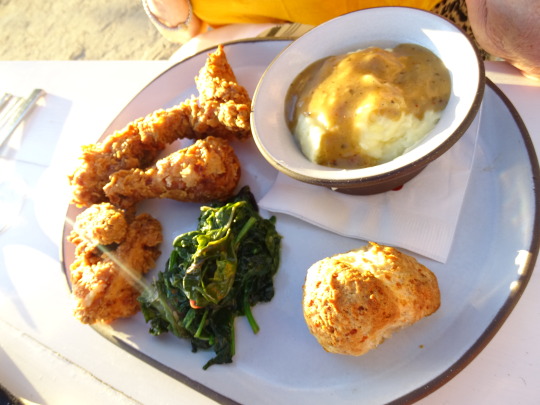




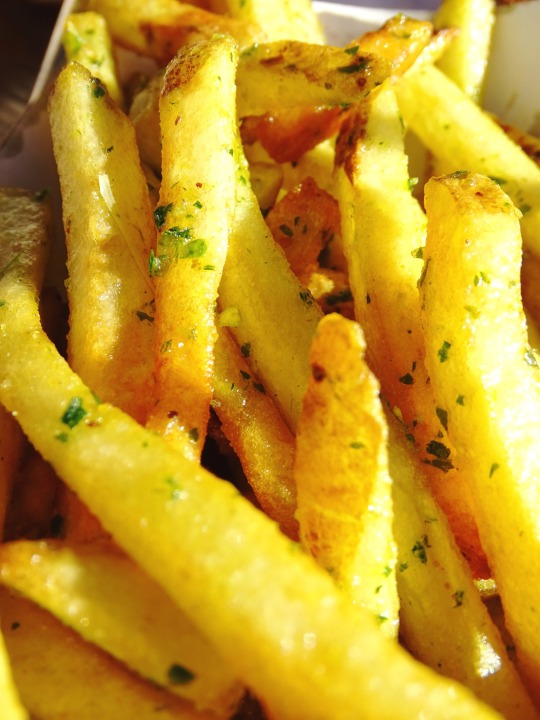

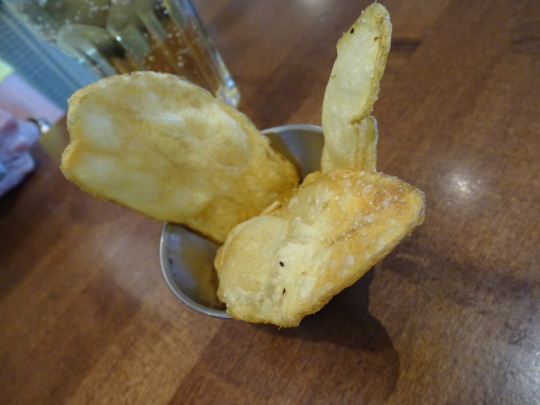




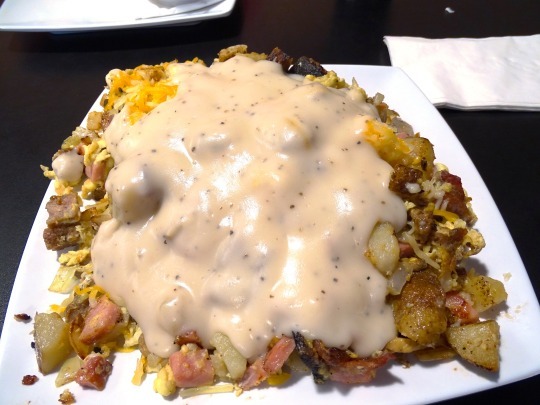






National Potato Day
National Potato Day is celebrated on August 19 of every year. For centuries, potatoes are the favorite item of diets everywhere in the world. Potato lovers are found in massive numbers, and that primarily includes the children. With the soft, smooth nature, potatoes can be eaten in different forms like potato chips, mashed potatoes, gratin, hash-browns, baked potatoes, potato salad, hasselbacken, home fries, tater skins, potato cake, potato wedges, kroppkaka, and the list extends in number. They are just some of the amazingly tasty items which are made with the potatoes. Celebrating National Potato Day is worth noting as to let people know the nourishment it has. Potatoes are not only the savory, but they also contain high levels of vital vitamins and minerals that include vitamin C, iron, and potassium. Prepare your favorite potato recipe in a way to celebrate National Potato Day.
“My idea of heaven is a great big baked potato and someone to share it with.” – Oprah Winfrey
History of National Potato Day
The origin and the person who established the National Potato Day is still anonymous. However, the history of potato dates back to centuries ago. The English word potato has all the way came from the Spanish word patata. The word “potato” may indicate either to the plant itself or the edible tuber. Usually, the potato is a starchy, tuberous vegetable from the perennial nightshade Solanum tuberosum. The first region where the potato was first domesticated is the modern-day southern Peru and the extreme northwestern Bolivia between 8000 and 5000 BC. From then, the potatoes have spread throughout the world and is now a staple crop in several countries. Now it is an integral part of the world’s food supply, and that is marked as the one of world’s largest food crop which ranks the fourth position following maize, wheat, and rice. The smaller potatoes are named as spuds and are associated with the 19th century. There are millions of different styles of preparation is found in the American cuisine where potatoes are a favourite part and occupy a larger parts. Potatoes are used in making bread, rolls, and pancakes, and also found as a whole in the everyday meal. The production of potatoes world wide was more than 382 million tonnes at present. Potatoes vary in colour, texture, size and shape with reapest to the region they grow. There are currently more than hundred different varieties of potatoes available in the world. National Potato Day is one form of celebration to make people understand the nutritional values present in the potatoes. Raw potato consists of water, carbohydrates, starch, sugar, dietary fiber, fat, protein, and vitamins like B1 to B6, B9, C, E, K. The mineral contents like calcium, iron, magnesium, manganese, phosphorous, potassium, and sodium are also available. It is one must have food for anyone with which almost all the dietary supplements are obtained. One most notable incident about the potato with the Ireland is the potato plague. It made the people of the entire country starve as they were reliant on the potato as their food crop. Celebrating National Potato Day highlights the note as one must have good health to live longer.
How to Celebrate National Potato Day
There are lots of interesting ways available by which you can celebrate the National Potato Day. You can add potatoes in small quantity in the daily meal you prepare. To make it spicy, prepare tasty potato fries, chips, mash potatoes with species, or cook hash browns with salt and pepper. To be more creative, you can try out a new dish yourself with potatoes and serve them hot to your friends and family. Buy Good Russian Vodka which is a distillation of potato to celebrate Potato Day in a unique way you want.
Source
#waffle fries#mashed potatoes#Animal style fries#street food#restaurant#travel#USA#Canada#summer 2024#original photography#vacation#Brisket Sliders with roasted Yukon Gold Potatoes#garlic fries#potato salad#baby back ribs#chips#potato puree#truffle fries#Lomo Saltado#Kimchi Fries#Cajun Fries#Poutine#loaded baked potato#Chow Line#Rösti#patatas bravas#National Potato Day#19 August#NationalPotatoDay
1 note
·
View note
Text
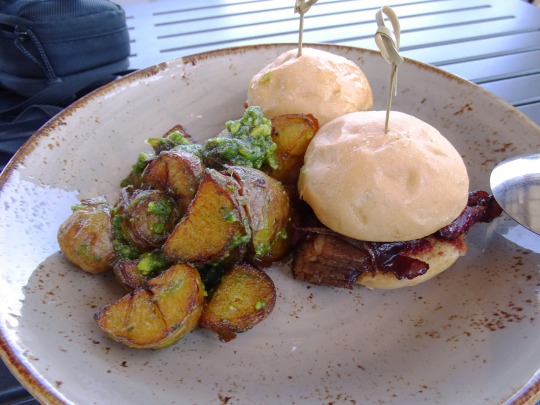

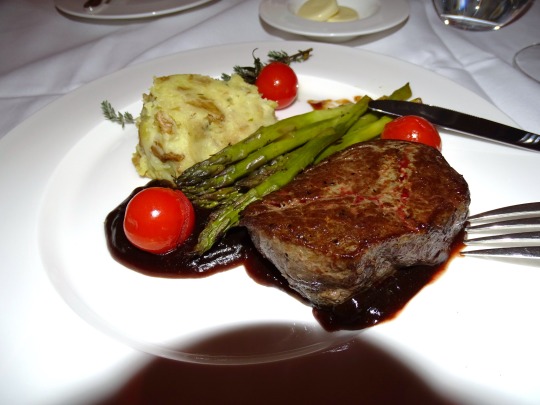
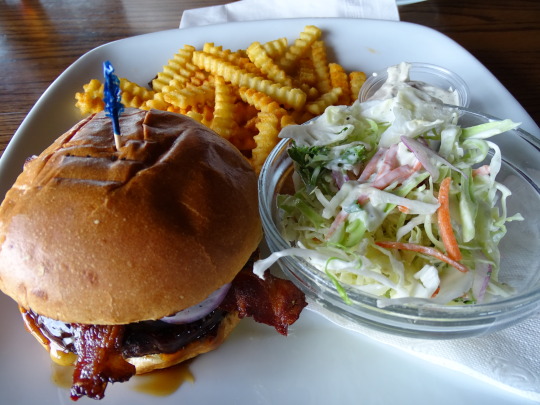
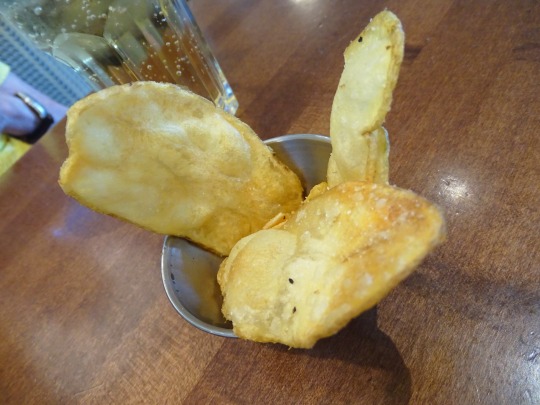
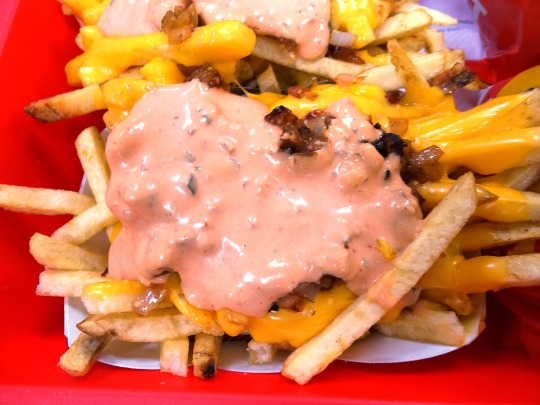
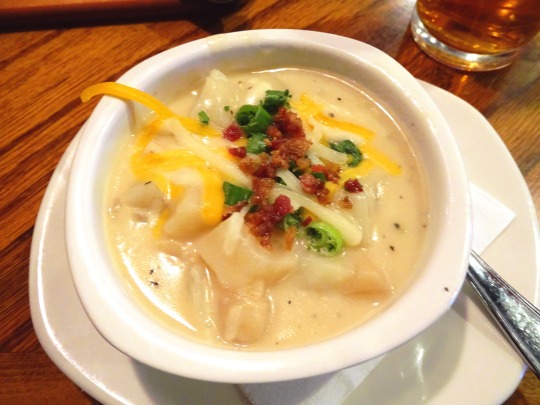

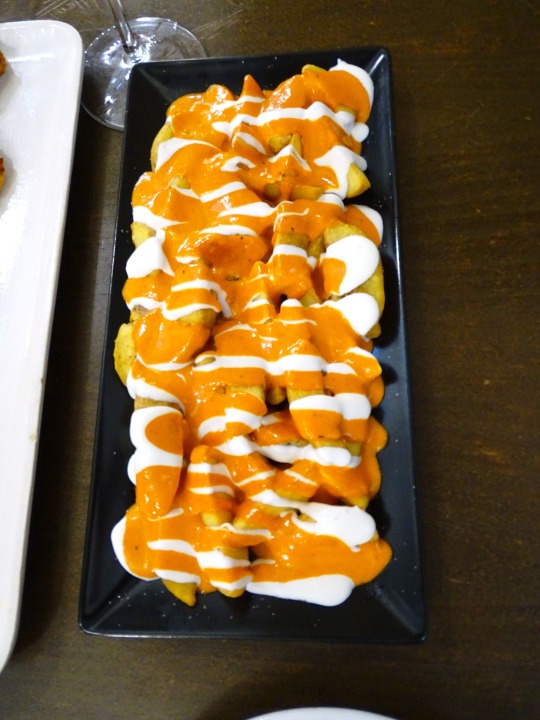
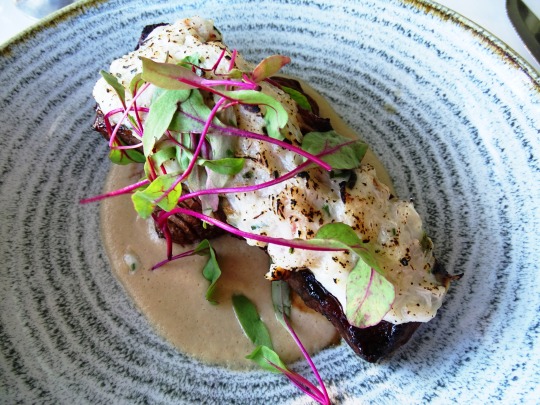
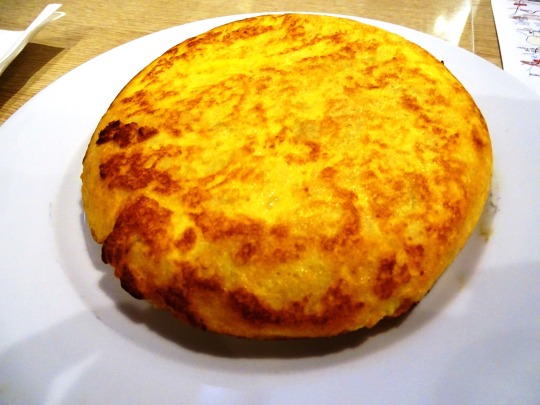
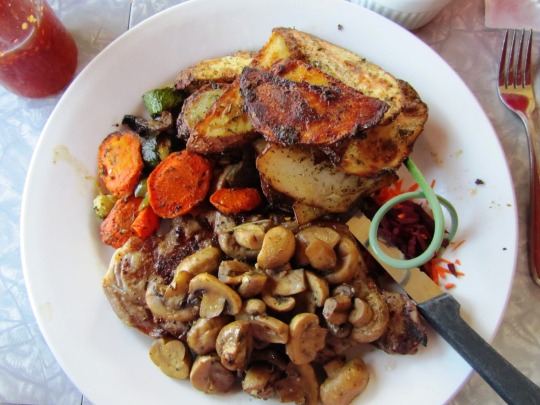

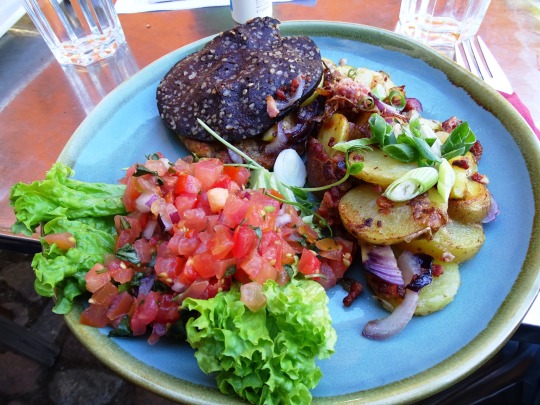
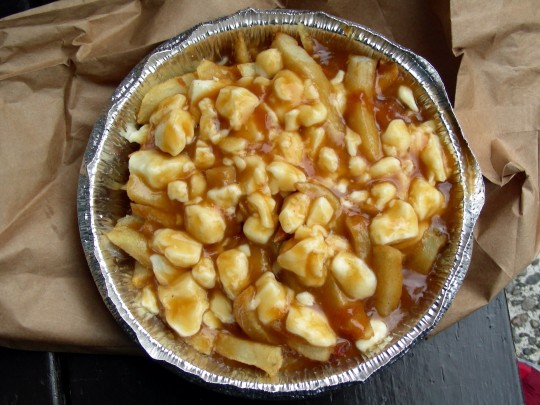
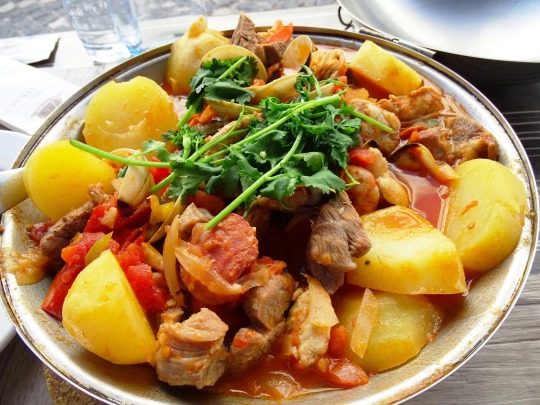
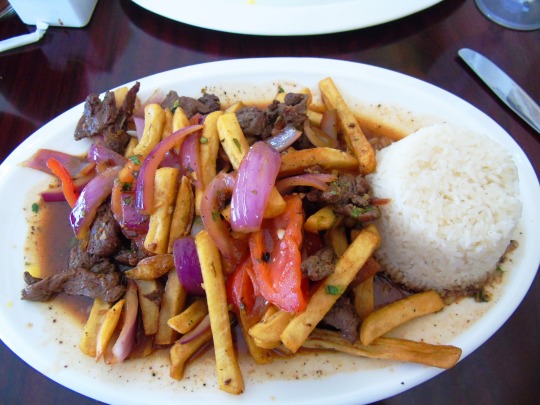
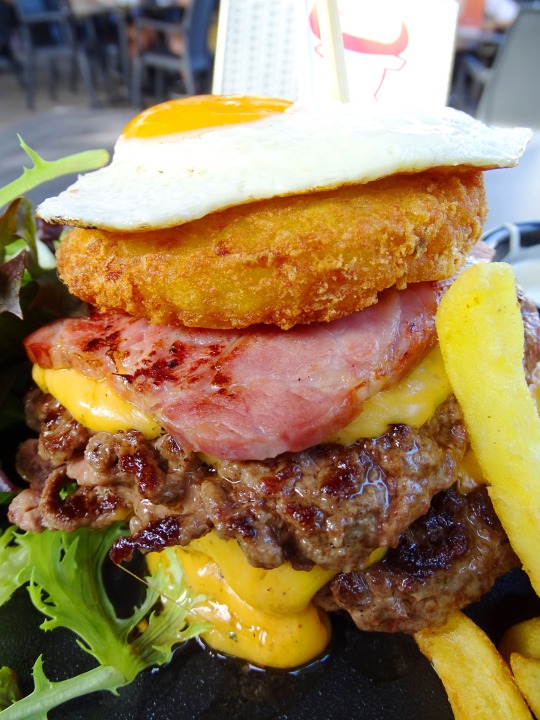
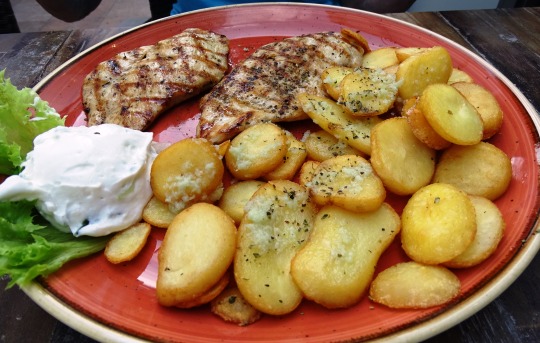
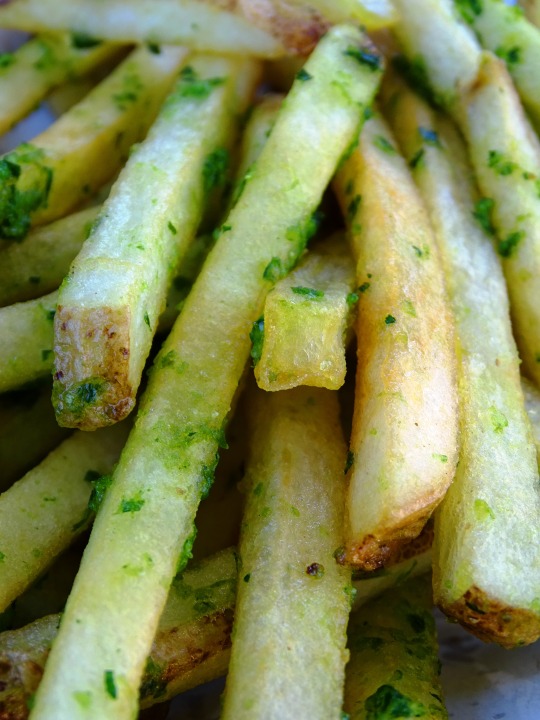
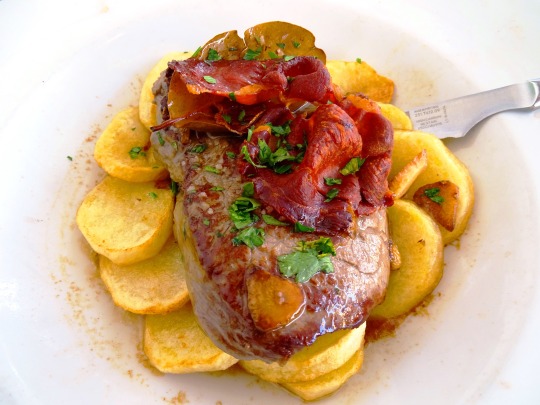
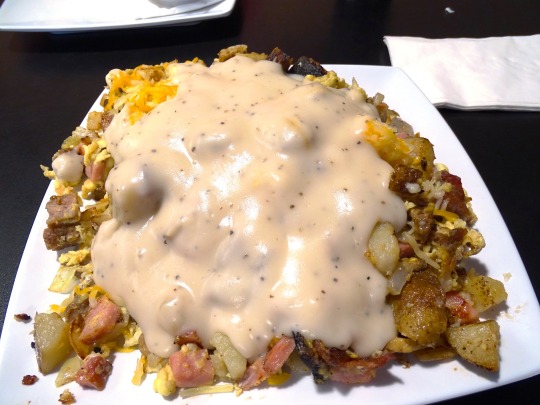
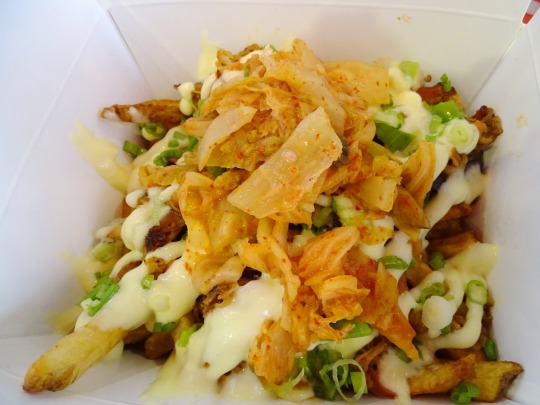
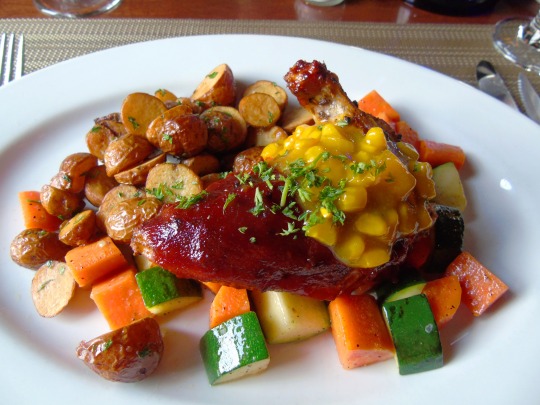
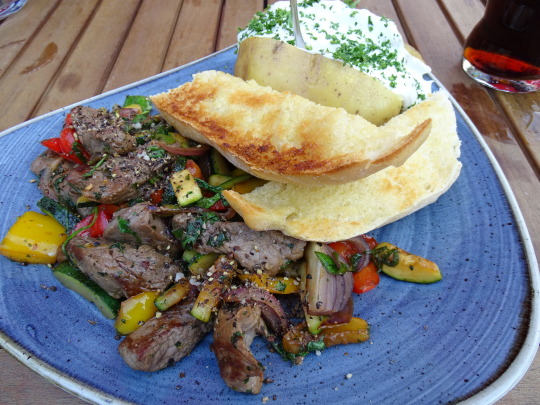
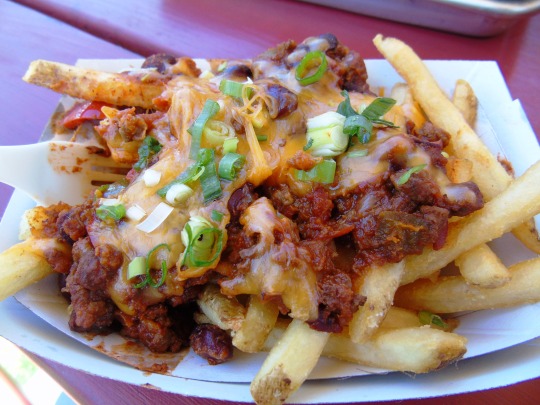
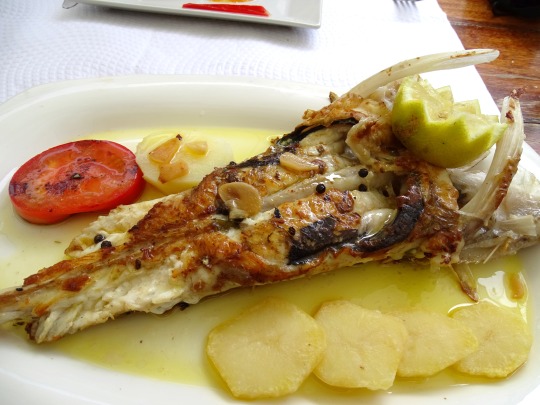
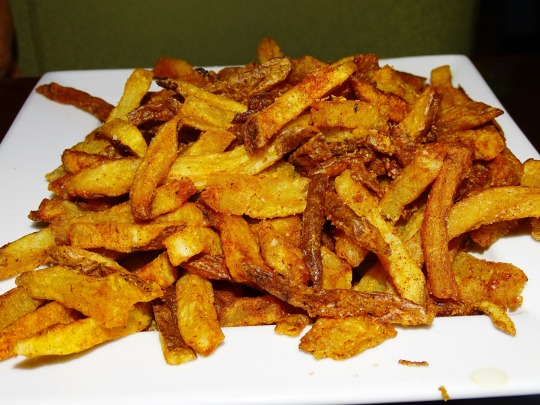
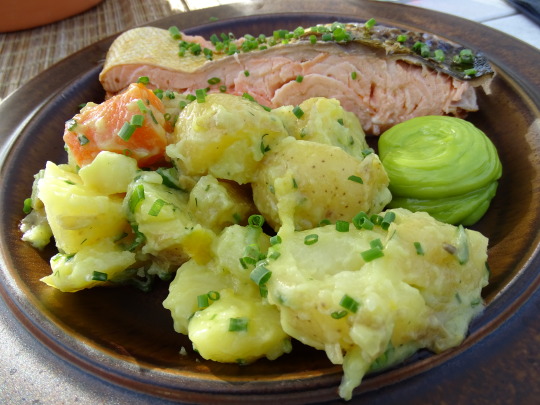
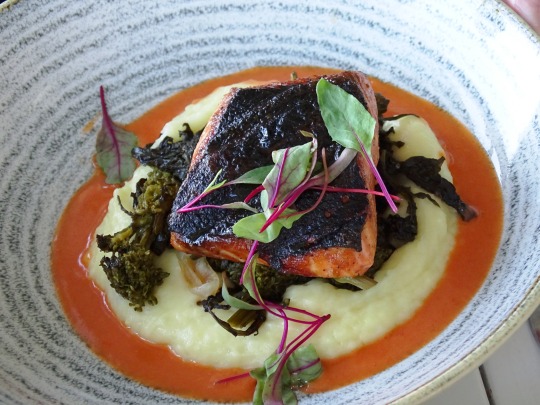
National Tater Day
With so many reasons to love potatoes, it’s no surprise that these little vegetables have their own day to celebrate them.
Whether they are of the regular variety (tubers) or the orange-colored sweet variety (root vegetables), potatoes can be affectionately known as “taters”. Filling, energizing and nutritional, the potato packs a punch when it comes to feeding large groups of people.
And these little guys provide a huge purpose in celebrating National Tater Day!
History of National Tater Day
Researchers believe that potatoes have been part of human civilization for thousands of years. Dating back more than 4000 years, to the Incan civilizations, potatoes were probably domesticated as a farming staple for these ancient people who lived in what is modern-day Peru. Since that time, potatoes have followed the history of people from South America to Europe, to North America, Asia and beyond.
National Tater Day has a history that may date back more than 150 years, when the folks in the state of Kentucky would buy and sell their sweet potatoes (‘taters’). Sweet potatoes were a crop that was an important part of the livelihood of many people in this area, and the trade day has a history that started in the 1840s. Though it was originally celebrated early in the month of April, the day has since been moved to the last day of March.
Though the day was originally set aside to celebrate potatoes of the sweet and orange variety, things have changed and now the day is here to pay heed to and enjoy potatoes of all types and kinds!
National Tater Day Timeline
2500 BC
Incas grow potatoes
In present day Peru, the Incas are believed to cultivate potatoes in the Andes mountains.
1539
Potatoes are introduced to Europe
Spanish conquistadors bring potatoes back from their travels.
1840s
First National Tater Days take place
The tradition of trading and selling ‘taters’ or sweet potatoes dates back to this time.
1845
Potato famine takes place in Ireland
A certain kind of mold infects the Irish potato crop, spreading rapidly and causing a famine.
1956
Taytos potato chips company is formed
This Irish manufacturer makes its entrance with potato chips/crisps that are cooked in an actual castle.
How to Celebrate National Tater Day
Have tons of delightful fun celebrating National Tater Day with some of these interesting ideas:
Enjoy Eating ‘Taters’
Potatoes are a vegetable loved by almost anyone and everyone! They are versatile, easy to cook, store well and can be used for a vast array of creative dishes from savory to sweet and so much more. Mash them, bake them, fry them or make them into pancakes!
Grab them in chip form, fry form or even flake form. Order them up at a restaurant or make them in a favorite recipe at home. Eating potatoes is an ideal activity on a day such as this, because National Tater Day is here to offer time to enjoy these versatile little tubers in a wide variety of ways.
Learn Some Health Benefits of ‘Taters’
This carbohydrate rich vegetable has a lot to offer when it comes to nutrition, especially when they are prepared in a healthy manner (like baked with the skin on). Plus, it is affordable and easily accessible, giving a quick amount of energy to anyone who eats it. Learn about some of these health benefits of potatoes in honor and celebration of National Tater Day:
Potatoes contain fiber The most fiber-filled part of the potato is the skin, and fiber is good for preventing heart disease. So be sure to leave the skin on the potatoes when preparing them at home. Plus, it makes cooking simpler and easier!
Full of antioxidants Potatoes offer a bunch of antioxidants that are extremely helpful in getting rid of those free radicals that can be harmful to the body and are often associated with causing cancer. Antioxidants can also help reduce the risk of heart disease.
Potassium and magnesium Both of these minerals are essential for the way the body functions in a healthy manner, particularly helping with lowering the blood pressure, which can reduce the incidence of stroke or heart disease.
Vitamin C Many people don’t realize that potato skins are rich in vitamin C. In fact, one potato (with the skin on) contains around 40% of the daily recommended nutritional value of Vitamin C for an adult. This is why potatoes were used to prevent scurvy for ship crews in the 18th century and beyond.
Make a National Tater Day Soundtrack
Food days can be loads of fun! Especially when the food is one that has a funny name that sounds great in the lyrics of a song. Consider it an important part of the National Tater Day celebration to listen to some potato themed songs – and even perhaps sharing some of them with friends.
Have a listen to some of these songs appropriate for National Tater Day:
Hot Potato by The Wiggles (1994). Sure, it’s a ridiculous kids’ song by a ridiculous Australian singing group. But it’s still loads of fun!
Let’s Call the Whole Thing Off by Ella Fitzgerald and Louis Armstrong (1957). The famous pronunciation song with the lyrics, “You say potato and I say potato”.
Potato Head Blues by Louis Armstrong and His Hot Seven (1927). This instrumental only is one of Armstrong’s finest recordings – and no one really knows why it was named Potato Head Blues.
Potato Song (Cuz I Want To) by Kesha (2020). Too new to be a classic, this one might appeal to the younger generations.
Visit a Tater Day Festival
Located in the town of Benton, Kentucky, this annual festival continues to be hosted by the town and might be a perfect way to celebrate National Tater Day. This event is devoted especially to sweet potatoes and it typically takes place on the first few days in April. This three day festival got its start in 1843 and has been going strong in celebration of the ‘tater’ every year since. The Tater Day Festival offers a wide range of charming, small-town activities and events including a parade, canning competition, singing and other performances, musical contests, a carnival and much more.
Those who miss the Tater Day Festival in April may want to opt for some of these other events scheduled for later in the year. Those who are serious fans can make plans to attend them all!
North Carolina Potato Festival is typically scheduled for late May in Elizabeth City, North Carolina.
The annual Tater Daze Parade is celebrated in Brooklyn Park, Minnesota in early June.
Sweet Tater Festival that takes place in Cullman, Alabama in September.
Spring Valley Potato Festival is located in the Dayton, Ohio area and happens in early October.
National Tater Day FAQs
What are ‘taters’?
In the United States, the term ‘tater’ is short for ‘potato’ and is sometimes used to mean sweet potatoes.
Why is the potato important?
Potatoes are easy to grow, affordable and offer Vitamin C, potassium and fiber (in the skin).
Are potato skins healthier than the potato?
By mass, the potato skin may be up to twelve times higher in antioxidants than the flesh of the tater.
When did tater tots come out?
Tater tots were introduced to Americans in 1953 by Ore-Ida.
Which potato is the healthiest?
Potatoes with dark flesh, such as red or purple potatoes are one of the healthiest varieties as they contain the most minerals, vitamins and phytochemicals.
Source
#Koma Burger#Le Country Burger#Rösti#animal style fries#National Tater Day#NationalTaterDay#restaurant#France#Spain#Portugal#vacation#original photography#travel#patatas bravas#Filet Port#Cataplana de marisco#Tortilla de patatas#Truffle Fries with parmesan reggiano#USA#salmon with potato salad#Sweden#Schnitzel-Himmel und Erde#Lomo Saltado#Canada#Poutine#31 March#garlic potatoes#loaded baked potato#garlic fries#Cajun Fries
0 notes
Text



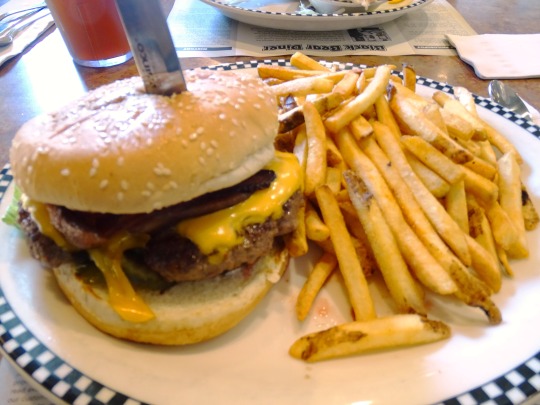
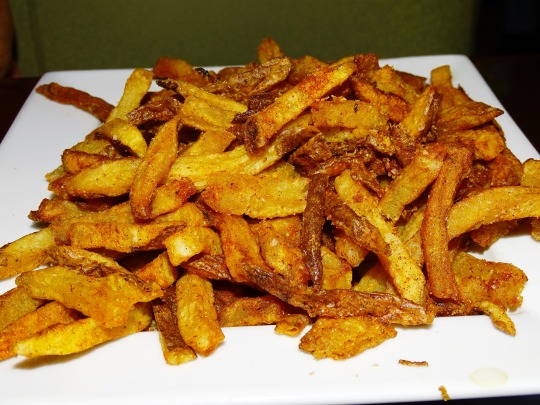
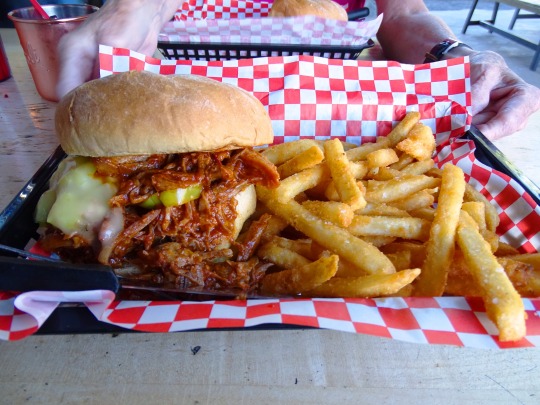

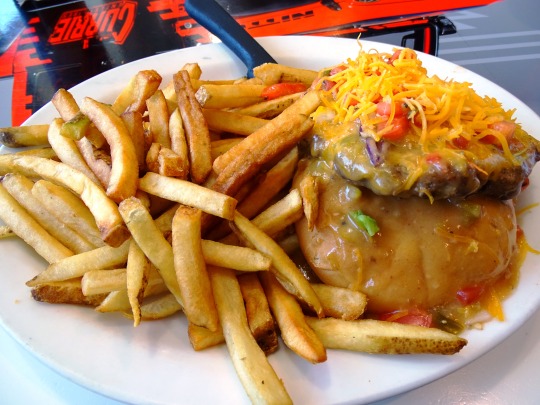

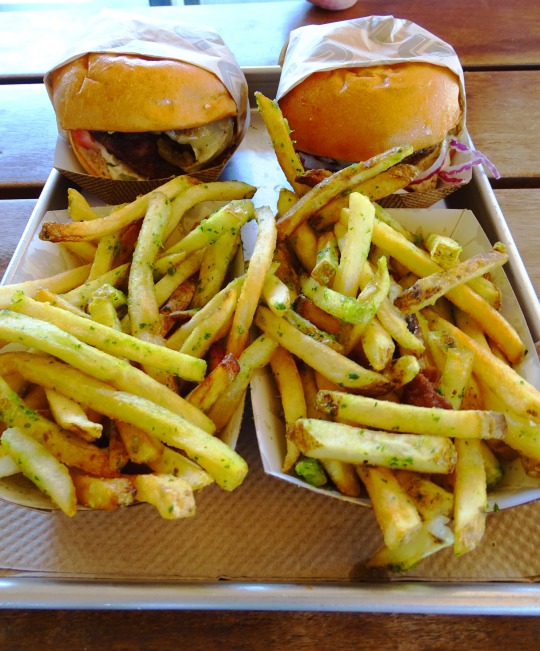
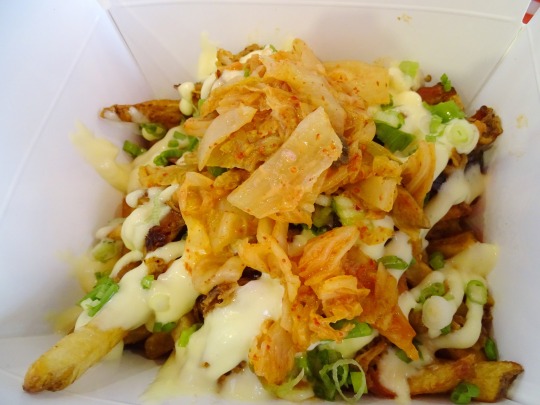
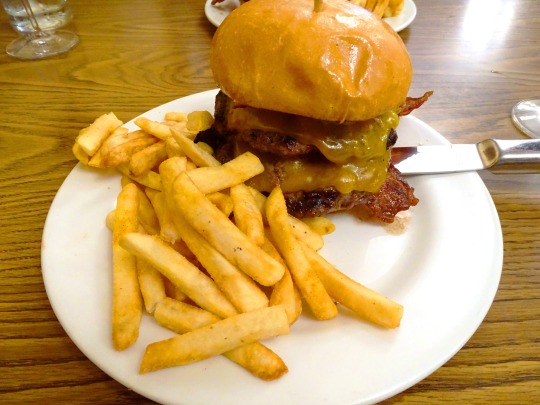
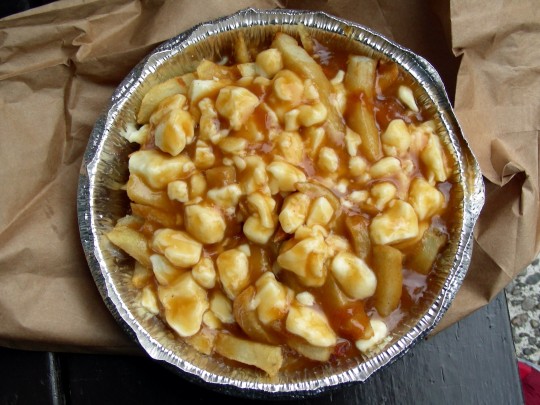


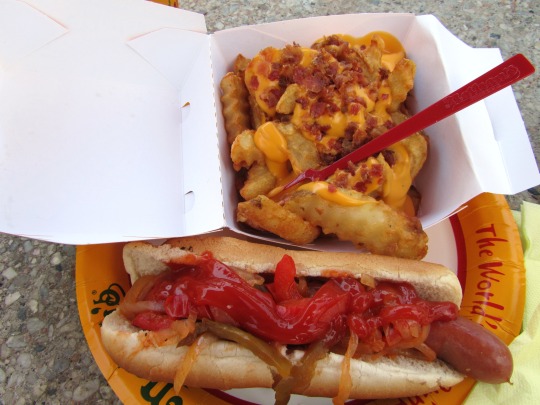
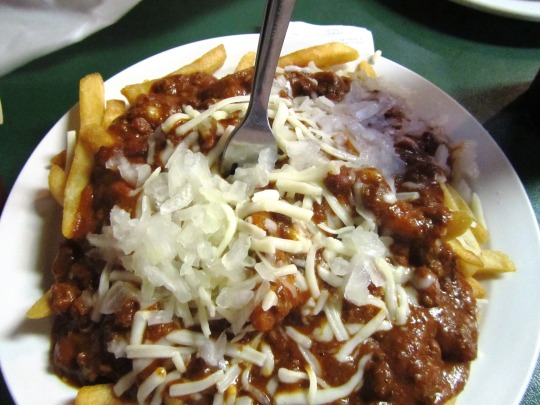
National French Fries Day
French fries are a staple of fast food restaurants and diners, often being paired with hamburgers and cheeseburgers. A simple food consisting of potatoes—and maybe some salt—they are one of the most popular side dishes in the world. They are celebrated today by being made at home or eaten at restaurants.
French fries were most likely invented in Belgium, not France, but potatoes are native to South America. In 1537, Spanish explorer Jiménez de Quesada found them in a village in Colombia. They were soon brought to Spain, and became known as “truffles.” They were small and bitter at the time, but better versions were soon cultivated. There was some resistance to potatoes in Europe, but they eventually caught on.
By most accounts, French fries were created in Belgium in the late seventeenth century, in the valley of the Meuse River, between Dinant and Liège. It was here that small fried fish were often eaten. When the weather was especially harsh, the river froze to a thickness that made it difficult to catch fish. It was then that potatoes began being cut in long strips similar to fish and were fried in their place. This story is aided in that Spain controlled some of Belgium at the time, and it was Spain who had introduced potatoes to the continent. Some believe that French fries weren’t created in Belgium until the eighteenth century.
Another theory posits that French fries were indeed created in France, but most believe this was after the Belgians had already invented them. Antoine-Augustin Parmentier was taken captive during the Seven Years’ War (1756-1763) and had been given potatoes while in prison in Prussia. Although potatoes had long been used as hog feed in France and had been thought to cause disease, even being banned in 1748 because of a belief that they caused leprosy, Parmentier found them to be an enjoyable and healthy food.
After getting out of prison, Parmentier advocated for their culinary use. They were legalized in France in 1772, but Parmentier still faced resistance when he promoted them. He began hosting dinner parties with dignitaries such as Benjamin Franklin, King Louis XVI, and Queen Marie Antoinette and served them potatoes. Finally, after a famine in 1785, potatoes became more popular throughout France. Fries, or “frites,” soon were being made. They were particularly popular in Paris, where they were sold by pushcart vendors. This was about a century after fries are thought to have been invented in Belgium, and it is unknown if France came up with the idea on its own, or got the idea from Belgium.
It is believed that it was from France that French fries made their way to the United States and the United Kingdom. In 1802, Thomas Jefferson had the White House chef, Frenchman Honoré Julien, make “potatoes served in the French manner.” He described them as “potatoes deep-fried while raw, in small cuttings.“ This is an early instance of them being referred to as “French.” According to the Encyclopedia of American Food and Drink, “French” does not refer to the country, but instead to a method of cutting called “frenching,” where potatoes are cut into narrow strips. In America, fries were usually called “French fried potatoes” until the 1930s, when they started being called “French fries.” It was through American fast food restaurants that French fries were introduced to the non-European world. In France they are known as “pommes frites,” in Spain they are “patatas fritas,” and in the United Kingdom they are known as “chips.”
There are many variations of French fries, such as curly, waffle, crinkle-cut, and steak fries. They can be made Cajun-style, be covered with chili and cheese, or be used to make poutine. Fries are usually fried in lard or vegetable oil, but they can be baked in the oven as well. Commercial fries usually come frozen, precut, and partially cooked. French fries are often eaten with condiments. Ketchup is preferred in America, while mayonnaise is popular in parts of Europe, and malt vinegar is commonly used in Britain.
How to Observe
Celebrate the day by eating French fries! You could make some at home, or grab some at a restaurant. You could have them at a fast food restaurant such as McDonald’s, or eat them at one of the best places to have french fries in the country.
Source
French fries are a staple of fast food restaurants and diners, often being paired with hamburgers and cheeseburgers. A simple food consisting of potatoes—and maybe some salt—they are one of the most popular side dishes in the world. They are celebrated today by being made at home or eaten at restaurants.
French fries were most likely invented in Belgium, not France, but potatoes are native to South America. In 1537, Spanish explorer Jiménez de Quesada found them in a village in Colombia. They were soon brought to Spain, and became known as “truffles.” They were small and bitter at the time, but better versions were soon cultivated. There was some resistance to potatoes in Europe, but they eventually caught on.
By most accounts, French fries were created in Belgium in the late seventeenth century, in the valley of the Meuse River, between Dinant and Liège. It was here that small fried fish were often eaten. When the weather was especially harsh, the river froze to a thickness that made it difficult to catch fish. It was then that potatoes began being cut in long strips similar to fish and were fried in their place. This story is aided in that Spain controlled some of Belgium at the time, and it was Spain who had introduced potatoes to the continent. Some believe that French fries weren’t created in Belgium until the eighteenth century.
Another theory posits that French fries were indeed created in France, but most believe this was after the Belgians had already invented them. Antoine-Augustin Parmentier was taken captive during the Seven Years’ War (1756-1763) and had been given potatoes while in prison in Prussia. Although potatoes had long been used as hog feed in France and had been thought to cause disease, even being banned in 1748 because of a belief that they caused leprosy, Parmentier found them to be an enjoyable and healthy food.
After getting out of prison, Parmentier advocated for their culinary use. They were legalized in France in 1772, but Parmentier still faced resistance when he promoted them. He began hosting dinner parties with dignitaries such as Benjamin Franklin, King Louis XVI, and Queen Marie Antoinette and served them potatoes. Finally, after a famine in 1785, potatoes became more popular throughout France. Fries, or “frites,” soon were being made. They were particularly popular in Paris, where they were sold by pushcart vendors. This was about a century after fries are thought to have been invented in Belgium, and it is unknown if France came up with the idea on its own, or got the idea from Belgium.
It is believed that it was from France that French fries made their way to the United States and the United Kingdom. In 1802, Thomas Jefferson had the White House chef, Frenchman Honoré Julien, make “potatoes served in the French manner.” He described them as “potatoes deep-fried while raw, in small cuttings.“ This is an early instance of them being referred to as “French.” According to the Encyclopedia of American Food and Drink, “French” does not refer to the country, but instead to a method of cutting called “frenching,” where potatoes are cut into narrow strips. In America, fries were usually called “French fried potatoes” until the 1930s, when they started being called “French fries.” It was through American fast food restaurants that French fries were introduced to the non-European world. In France they are known as “pommes frites,” in Spain they are “patatas fritas,” and in the United Kingdom they are known as “chips.”
There are many variations of French fries, such as curly, waffle, crinkle-cut, and steak fries. They can be made Cajun-style, be covered with chili and cheese, or be used to make poutine. Fries are usually fried in lard or vegetable oil, but they can be baked in the oven as well. Commercial fries usually come frozen, precut, and partially cooked. French fries are often eaten with condiments. Ketchup is preferred in America, while mayonnaise is popular in parts of Europe, and malt vinegar is commonly used in Britain.
How to Observe
Celebrate the day by eating French fries! You could make some at home, or grab some at a restaurant. You could have them at a fast food restaurant such as McDonald’s, or eat them at one of the best places to have french fries in the country.
Source
#Garlic Fries#Truffle Fries#food#travel#USA#original photogrpahy#Gott's Roadside#Brix Restaurant & Gardens#I'll be back this summer#Pulled Pork Sandwich#Cajun Fries#Kimchi Fries#Chili Cheese Fries#Poutine#Lomo Saltado#Canada#National French Fries Day#13 July#NationalFrenchFriesDay#NationalFrenchFryDay
9 notes
·
View notes
Text

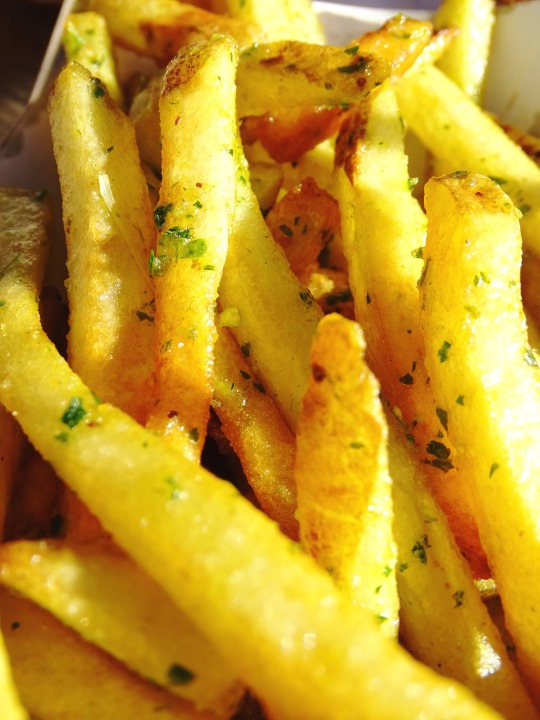



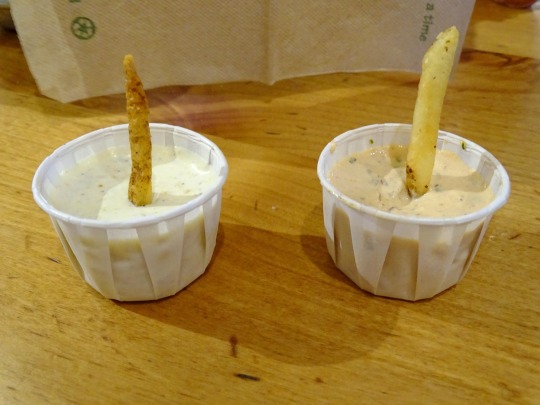

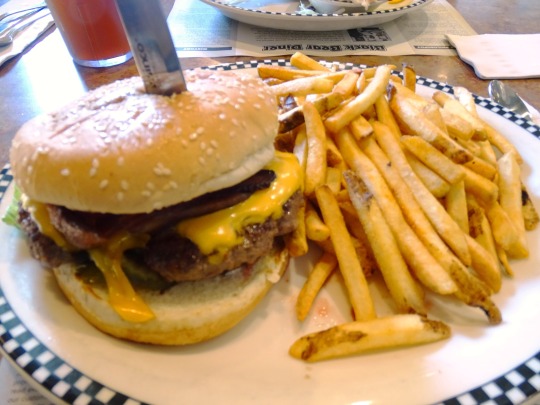






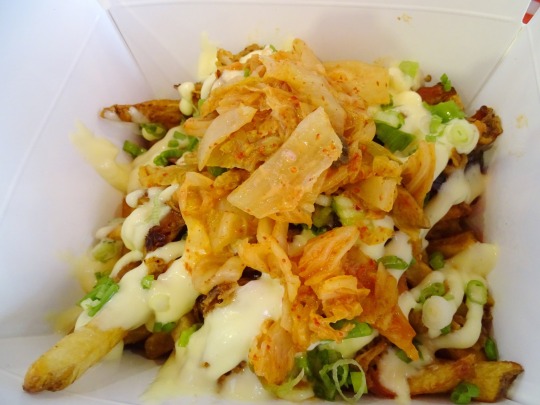
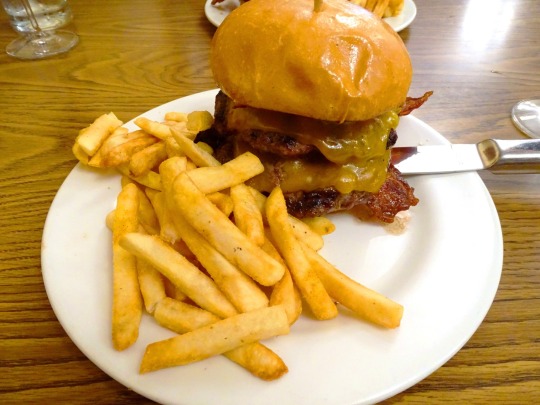
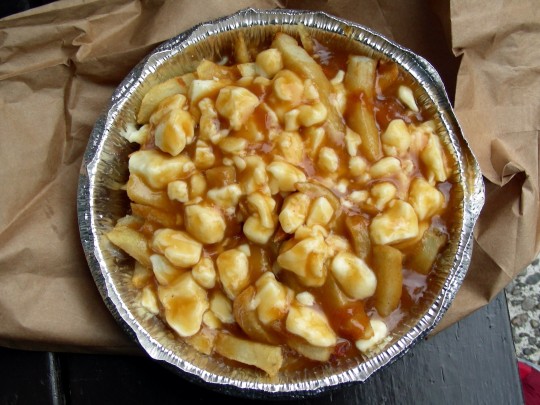
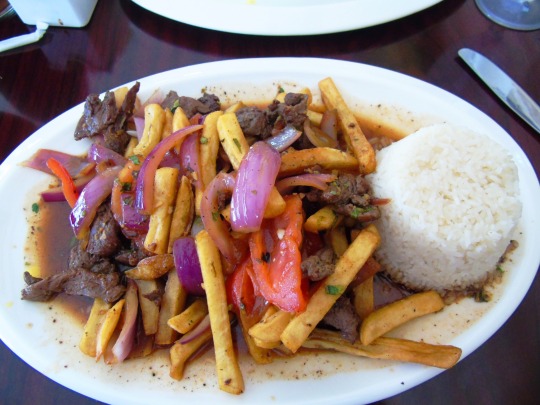

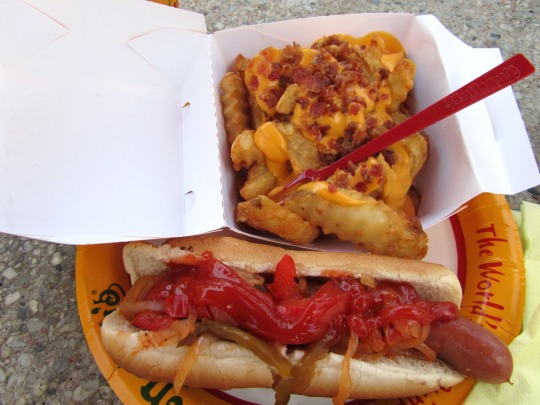
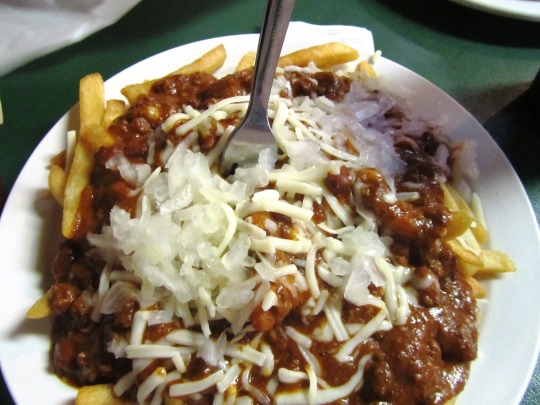

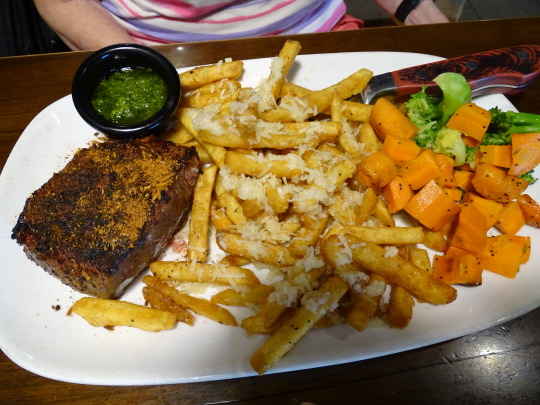
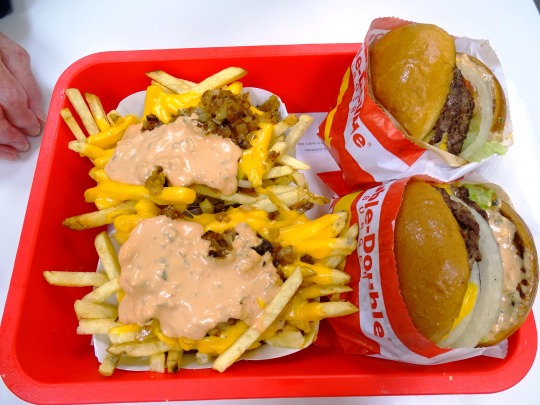
National French Fries Day
French fries are a staple of fast food restaurants and diners, often being paired with hamburgers and cheeseburgers. A simple food consisting of potatoes—and maybe some salt—they are one of the most popular side dishes in the world. They are celebrated today by being made at home or eaten at restaurants.
French fries were most likely invented in Belgium, not France, but potatoes are native to South America. In 1537, Spanish explorer Jiménez de Quesada found them in a village in Colombia. They were soon brought to Spain, and became known as “truffles.” They were small and bitter at the time, but better versions were soon cultivated. There was some resistance to potatoes in Europe, but they eventually caught on.
By most accounts, French fries were created in Belgium in the late seventeenth century, in the valley of the Meuse River, between Dinant and Liège. It was here that small fried fish were often eaten. When the weather was especially harsh, the river froze to a thickness that made it difficult to catch fish. It was then that potatoes began being cut in long strips similar to fish and were fried in their place. This story is aided in that Spain controlled some of Belgium at the time, and it was Spain who had introduced potatoes to the continent. Some believe that French fries weren’t created in Belgium until the eighteenth century.
Another theory posits that French fries were indeed created in France, but most believe this was after the Belgians had already invented them. Antoine-Augustin Parmentier was taken captive during the Seven Years’ War (1756-1763) and had been given potatoes while in prison in Prussia. Although potatoes had long been used as hog feed in France and had been thought to cause disease, even being banned in 1748 because of a belief that they caused leprosy, Parmentier found them to be an enjoyable and healthy food.
After getting out of prison, Parmentier advocated for their culinary use. They were legalized in France in 1772, but Parmentier still faced resistance when he promoted them. He began hosting dinner parties with dignitaries such as Benjamin Franklin, King Louis XVI, and Queen Marie Antoinette and served them potatoes. Finally, after a famine in 1785, potatoes became more popular throughout France. Fries, or “frites,” soon were being made. They were particularly popular in Paris, where they were sold by pushcart vendors. This was about a century after fries are thought to have been invented in Belgium, and it is unknown if France came up with the idea on its own, or got the idea from Belgium.
It is believed that it was from France that French fries made their way to the United States and the United Kingdom. In 1802, Thomas Jefferson had the White House chef, Frenchman Honoré Julien, make “potatoes served in the French manner.” He described them as “potatoes deep-fried while raw, in small cuttings.“ This is an early instance of them being referred to as “French.” According to the Encyclopedia of American Food and Drink, “French” does not refer to the country, but instead to a method of cutting called “frenching,” where potatoes are cut into narrow strips. In America, fries were usually called “French fried potatoes” until the 1930s, when they started being called “French fries.” It was through American fast food restaurants that French fries were introduced to the non-European world. In France they are known as “pommes frites,” in Spain they are “patatas fritas,” and in the United Kingdom they are known as “chips.”
There are many variations of French fries, such as curly, waffle, crinkle-cut, and steak fries. They can be made Cajun-style, be covered with chili and cheese, or be used to make poutine. Fries are usually fried in lard or vegetable oil, but they can be baked in the oven as well. Commercial fries usually come frozen, precut, and partially cooked. French fries are often eaten with condiments. Ketchup is preferred in America, while mayonnaise is popular in parts of Europe, and malt vinegar is commonly used in Britain.
How to Observe
Celebrate the day by eating French fries! You could make some at home, or grab some at a restaurant. You could have them at a fast food restaurant such as McDonald’s, or eat them at one of the best places to have french fries in the country.
Source
French fries are a staple of fast food restaurants and diners, often being paired with hamburgers and cheeseburgers. A simple food consisting of potatoes—and maybe some salt—they are one of the most popular side dishes in the world. They are celebrated today by being made at home or eaten at restaurants.
French fries were most likely invented in Belgium, not France, but potatoes are native to South America. In 1537, Spanish explorer Jiménez de Quesada found them in a village in Colombia. They were soon brought to Spain, and became known as “truffles.” They were small and bitter at the time, but better versions were soon cultivated. There was some resistance to potatoes in Europe, but they eventually caught on.
By most accounts, French fries were created in Belgium in the late seventeenth century, in the valley of the Meuse River, between Dinant and Liège. It was here that small fried fish were often eaten. When the weather was especially harsh, the river froze to a thickness that made it difficult to catch fish. It was then that potatoes began being cut in long strips similar to fish and were fried in their place. This story is aided in that Spain controlled some of Belgium at the time, and it was Spain who had introduced potatoes to the continent. Some believe that French fries weren’t created in Belgium until the eighteenth century.
Another theory posits that French fries were indeed created in France, but most believe this was after the Belgians had already invented them. Antoine-Augustin Parmentier was taken captive during the Seven Years’ War (1756-1763) and had been given potatoes while in prison in Prussia. Although potatoes had long been used as hog feed in France and had been thought to cause disease, even being banned in 1748 because of a belief that they caused leprosy, Parmentier found them to be an enjoyable and healthy food.
After getting out of prison, Parmentier advocated for their culinary use. They were legalized in France in 1772, but Parmentier still faced resistance when he promoted them. He began hosting dinner parties with dignitaries such as Benjamin Franklin, King Louis XVI, and Queen Marie Antoinette and served them potatoes. Finally, after a famine in 1785, potatoes became more popular throughout France. Fries, or “frites,” soon were being made. They were particularly popular in Paris, where they were sold by pushcart vendors. This was about a century after fries are thought to have been invented in Belgium, and it is unknown if France came up with the idea on its own, or got the idea from Belgium.
It is believed that it was from France that French fries made their way to the United States and the United Kingdom. In 1802, Thomas Jefferson had the White House chef, Frenchman Honoré Julien, make “potatoes served in the French manner.” He described them as “potatoes deep-fried while raw, in small cuttings.“ This is an early instance of them being referred to as “French.” According to the Encyclopedia of American Food and Drink, “French” does not refer to the country, but instead to a method of cutting called “frenching,” where potatoes are cut into narrow strips. In America, fries were usually called “French fried potatoes” until the 1930s, when they started being called “French fries.” It was through American fast food restaurants that French fries were introduced to the non-European world. In France they are known as “pommes frites,” in Spain they are “patatas fritas,” and in the United Kingdom they are known as “chips.”
There are many variations of French fries, such as curly, waffle, crinkle-cut, and steak fries. They can be made Cajun-style, be covered with chili and cheese, or be used to make poutine. Fries are usually fried in lard or vegetable oil, but they can be baked in the oven as well. Commercial fries usually come frozen, precut, and partially cooked. French fries are often eaten with condiments. Ketchup is preferred in America, while mayonnaise is popular in parts of Europe, and malt vinegar is commonly used in Britain.
How to Observe
Celebrate the day by eating French fries! You could make some at home, or grab some at a restaurant. You could have them at a fast food restaurant such as McDonald’s, or eat them at one of the best places to have french fries in the country.
Source
#animal style fries#Garlic Fries#Truffle Fries#food#travel#USA#original photogrpahy#Gott's Roadside#Brix Restaurant & Gardens#I'll be back this summer#Pulled Pork Sandwich#Cajun Fries#Kimchi Fries#Chili Cheese Fries#Poutine#Lomo Saltado#Canada#National French Fries Day#12 July 2024#NationalFrenchFriesDay#NationalFrenchFryDay#original photography#vacation#Second Friday in July
1 note
·
View note
Photo










National French Fries Day
French fries are a staple of fast food restaurants and diners, often being paired with hamburgers and cheeseburgers. A simple food consisting of potatoes—and maybe some salt—they are one of the most popular side dishes in the world. They are celebrated today by being made at home or eaten at restaurants.
French fries were most likely invented in Belgium, not France, but potatoes are native to South America. In 1537, Spanish explorer Jiménez de Quesada found them in a village in Colombia. They were soon brought to Spain, and became known as “truffles.” They were small and bitter at the time, but better versions were soon cultivated. There was some resistance to potatoes in Europe, but they eventually caught on.
By most accounts, French fries were created in Belgium in the late seventeenth century, in the valley of the Meuse River, between Dinant and Liège. It was here that small fried fish were often eaten. When the weather was especially harsh, the river froze to a thickness that made it difficult to catch fish. It was then that potatoes began being cut in long strips similar to fish and were fried in their place. This story is aided in that Spain controlled some of Belgium at the time, and it was Spain who had introduced potatoes to the continent. Some believe that French fries weren’t created in Belgium until the eighteenth century.
Another theory posits that French fries were indeed created in France, but most believe this was after the Belgians had already invented them. Antoine-Augustin Parmentier was taken captive during the Seven Years’ War (1756-1763) and had been given potatoes while in prison in Prussia. Although potatoes had long been used as hog feed in France and had been thought to cause disease, even being banned in 1748 because of a belief that they caused leprosy, Parmentier found them to be an enjoyable and healthy food.
After getting out of prison, Parmentier advocated for their culinary use. They were legalized in France in 1772, but Parmentier still faced resistance when he promoted them. He began hosting dinner parties with dignitaries such as Benjamin Franklin, King Louis XVI, and Queen Marie Antoinette and served them potatoes. Finally, after a famine in 1785, potatoes became more popular throughout France. Fries, or “frites,” soon were being made. They were particularly popular in Paris, where they were sold by pushcart vendors. This was about a century after fries are thought to have been invented in Belgium, and it is unknown if France came up with the idea on its own, or got the idea from Belgium.
It is believed that it was from France that French fries made their way to the United States and the United Kingdom. In 1802, Thomas Jefferson had the White House chef, Frenchman Honoré Julien, make “potatoes served in the French manner.” He described them as “potatoes deep-fried while raw, in small cuttings.“ This is an early instance of them being referred to as “French.” According to the Encyclopedia of American Food and Drink, “French” does not refer to the country, but instead to a method of cutting called “frenching,” where potatoes are cut into narrow strips. In America, fries were usually called “French fried potatoes” until the 1930s, when they started being called “French fries.” It was through American fast food restaurants that French fries were introduced to the non-European world. In France they are known as “pommes frites,” in Spain they are “patatas fritas,” and in the United Kingdom they are known as “chips.”
There are many variations of French fries, such as curly, waffle, crinkle-cut, and steak fries. They can be made Cajun-style, be covered with chili and cheese, or be used to make poutine. Fries are usually fried in lard or vegetable oil, but they can be baked in the oven as well. Commercial fries usually come frozen, precut, and partially cooked. French fries are often eaten with condiments. Ketchup is preferred in America, while mayonnaise is popular in parts of Europe, and malt vinegar is commonly used in Britain.
How to Observe
Celebrate the day by eating French fries! You could make some at home, or grab some at a restaurant. You could have them at a fast food restaurant such as McDonald’s, or eat them at one of the best places to have french fries in the country.
Source
#National French Fries Day#NationalFrenchFryDay#13 July#street food#USA#travel#Chili Cheese Fries#Poutine#Cajun Fries#restaurant#vacation#Truffle Fries with parmesan reggiano#garlic fries#Lomo Saltado#Tavern burger#Cheese Fries#original photography#national day
2 notes
·
View notes
Photo

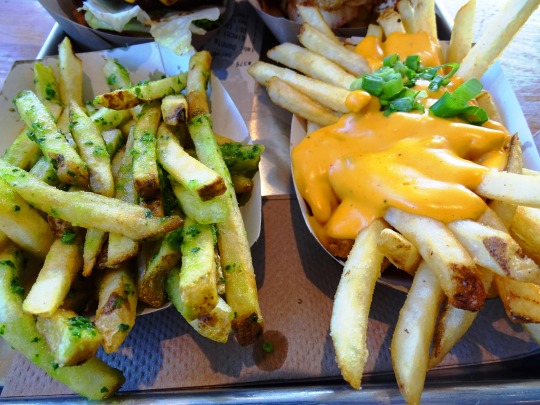
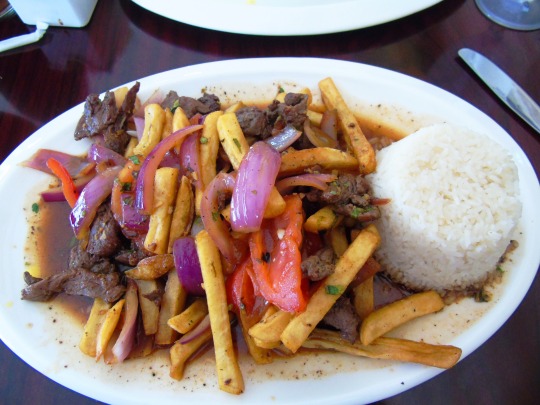

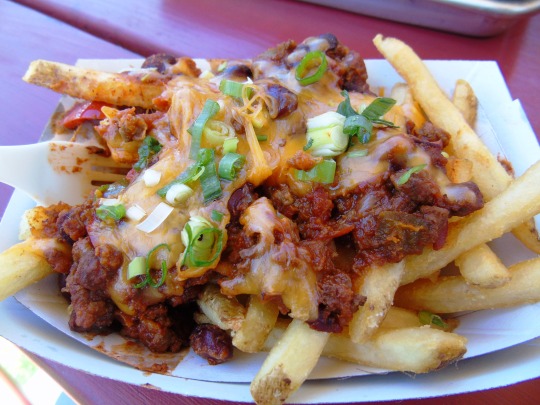

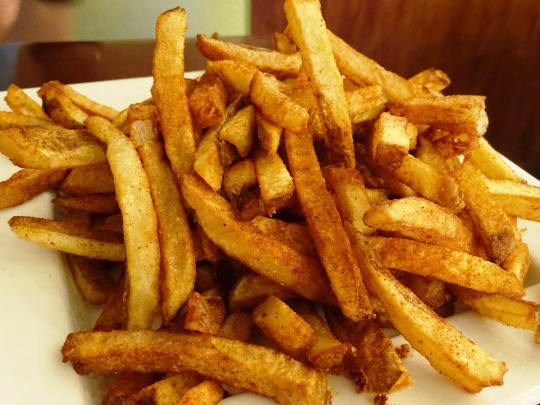

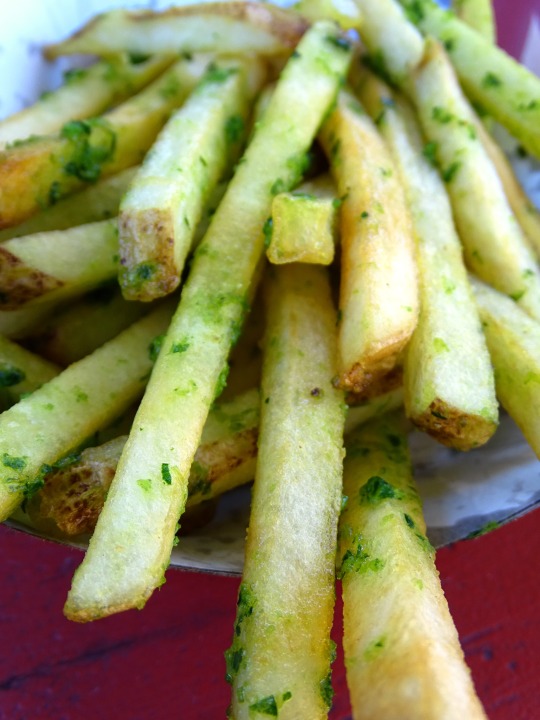

National French Fries Day
French fries are a staple of fast food restaurants and diners, often being paired with hamburgers and cheeseburgers. A simple food consisting of potatoes—and maybe some salt—they are one of the most popular side dishes in the world. They are celebrated today by being made at home or eaten at restaurants.
French fries were most likely invented in Belgium, not France, but potatoes are native to South America. In 1537, Spanish explorer Jiménez de Quesada found them in a village in Colombia. They were soon brought to Spain, and became known as “truffles.” They were small and bitter at the time, but better versions were soon cultivated. There was some resistance to potatoes in Europe, but they eventually caught on.
By most accounts, French fries were created in Belgium in the late seventeenth century, in the valley of the Meuse River, between Dinant and Liège. It was here that small fried fish were often eaten. When the weather was especially harsh, the river froze to a thickness that made it difficult to catch fish. It was then that potatoes began being cut in long strips similar to fish and were fried in their place. This story is aided in that Spain controlled some of Belgium at the time, and it was Spain who had introduced potatoes to the continent. Some believe that French fries weren’t created in Belgium until the eighteenth century.
Another theory posits that French fries were indeed created in France, but most believe this was after the Belgians had already invented them. Antoine-Augustin Parmentier was taken captive during the Seven Years’ War (1756-1763) and had been given potatoes while in prison in Prussia. Although potatoes had long been used as hog feed in France and had been thought to cause disease, even being banned in 1748 because of a belief that they caused leprosy, Parmentier found them to be an enjoyable and healthy food.
After getting out of prison, Parmentier advocated for their culinary use. They were legalized in France in 1772, but Parmentier still faced resistance when he promoted them. He began hosting dinner parties with dignitaries such as Benjamin Franklin, King Louis XVI, and Queen Marie Antoinette and served them potatoes. Finally, after a famine in 1785, potatoes became more popular throughout France. Fries, or “frites,” soon were being made. They were particularly popular in Paris, where they were sold by pushcart vendors. This was about a century after fries are thought to have been invented in Belgium, and it is unknown if France came up with the idea on its own, or got the idea from Belgium.
It is believed that it was from France that French fries made their way to the United States and the United Kingdom. In 1802, Thomas Jefferson had the White House chef, Frenchman Honoré Julien, make “potatoes served in the French manner.” He described them as “potatoes deep-fried while raw, in small cuttings.“ This is an early instance of them being referred to as "French.” According to the Encyclopedia of American Food and Drink, “French” does not refer to the country, but instead to a method of cutting called “frenching,” where potatoes are cut into narrow strips. In America, fries were usually called “French fried potatoes” until the 1930s, when they started being called “French fries.” It was through American fast food restaurants that French fries were introduced to the non-European world. In France they are known as “pommes frites,” in Spain they are “patatas fritas,” and in the United Kingdom they are known as “chips.”
There are many variations of French fries, such as curly, waffle, crinkle-cut, and steak fries. They can be made Cajun-style, be covered with chili and cheese, or be used to make poutine. Fries are usually fried in lard or vegetable oil, but they can be baked in the oven as well. Commercial fries usually come frozen, precut, and partially cooked. French fries are often eaten with condiments. Ketchup is preferred in America, while mayonnaise is popular in parts of Europe, and malt vinegar is commonly used in Britain.
How to Observe
Celebrate the day by eating French fries! You could make some at home, or grab some at a restaurant. You could have them at a fast food restaurant such as McDonald’s, or eat them at one of the best places to have french fries in the country.
Source
#I really love the first pic#Garlic Fries#Truffle Cheese Fries#street food#USA#Brix Restaurant & Gardens#Cajun Fries#B & K Root Beer Drive In#13 July#National French Fries Day#NationalFrenchFriesDay#fry#Poutine#Canada#Chili Cheese Fries#Lomo Saltado#Fish and Chips#restaurant#vacation#travel#original photography
1 note
·
View note